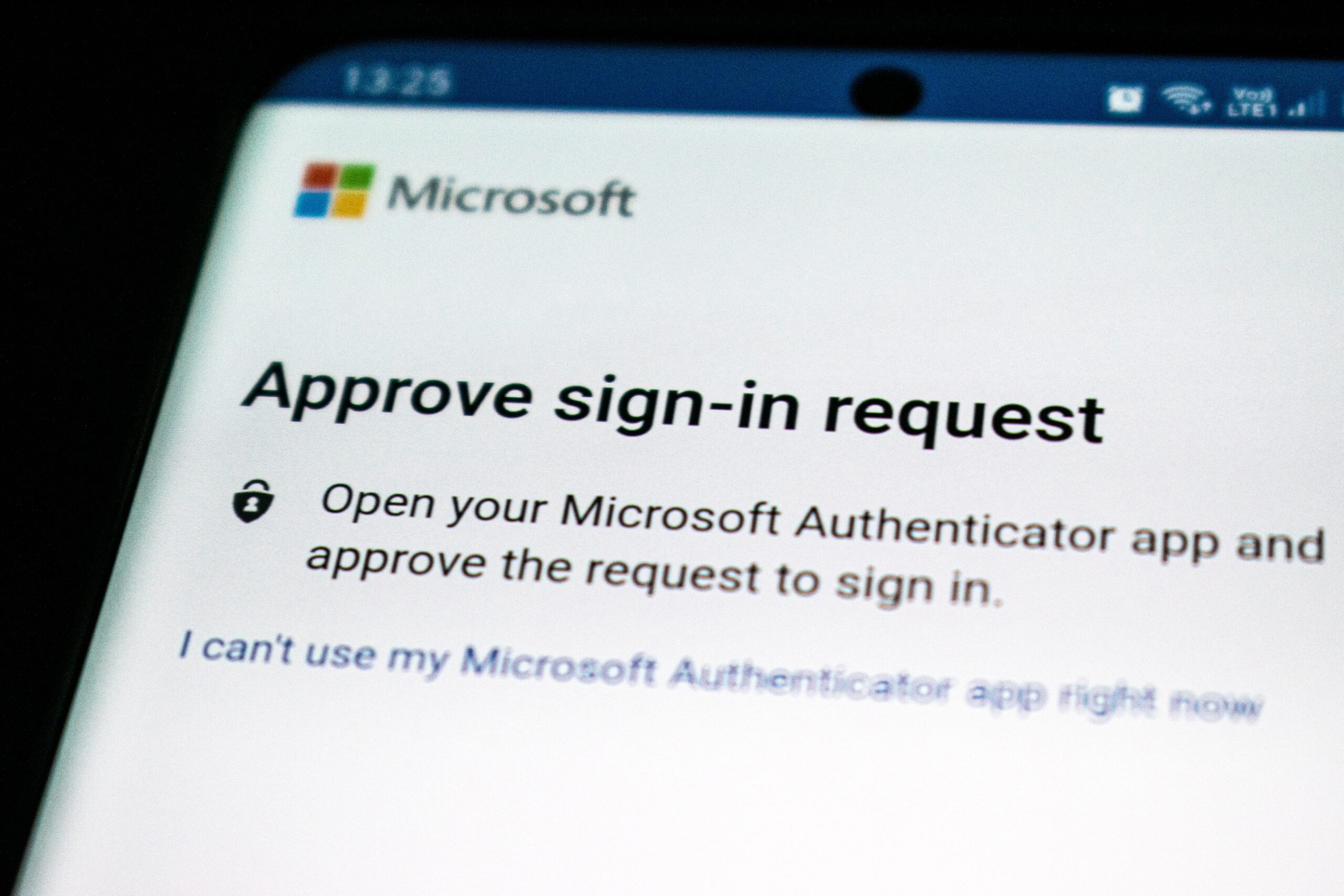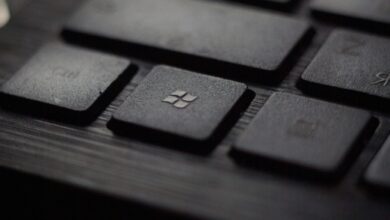Enhancing Security with Multi-Factor Authentication

Securing our digital lives cannot be overstated in an increasingly interconnected world. Passwords, once the primary means of protecting our online accounts, are no longer sufficient to ward off the growing threat of cyberattacks. To address this vulnerability, Multi-Factor Authentication (MFA) has emerged as a crucial tool in fortifying online security. This article delves into the concept of MFA, its benefits, and its various implementations.
What is Multi-Factor Authentication (MFA)?
Multi-Factor Authentication (MFA), Two-Factor Authentication (2FA) or Two-Step Verification, is a security system that requires users to provide multiple forms of identification to access an online account or a digital system. Instead of relying solely on a username and password, MFA combines at least two of the following authentication factors:
- Something you know: This is typically a password or PIN.
- Something you have: Such as a smartphone, smart card, or a hardware token.
- Something you are: Involves biometric data like fingerprints, retina scans, or facial recognition.
The primary idea behind MFA is that even if a malicious actor obtains one authentication factor (e.g., your password), they would still need the other factor(s) to gain access, significantly enhancing security.
Benefits of Multi-Factor Authentication
- Enhanced Security: MFA offers an additional layer of protection beyond traditional password-only authentication. Even if a hacker discovers your password, they won’t be able to access your account without the second factor.
- Deterrence: The presence of MFA often discourages potential attackers, as it makes unauthorized access much more challenging and time-consuming.
- Minimized Risk of Unauthorized Access: With multiple layers of verification, the chances of unauthorized access are significantly reduced, protecting sensitive data and accounts.
- Adaptability: MFA can be applied across various platforms, such as email accounts, social media, online banking, and enterprise systems, making it a versatile security tool.
- Compliance: Many industries and regulatory bodies require organizations to implement MFA to safeguard customer and sensitive data, ensuring compliance with security standards.
Implementation of Multi-Factor Authentication
MFA can be implemented in various ways, depending on the platform and user preferences. Here are some common methods:
- SMS or Email Verification: Users receive a one-time code via SMS or email after entering their password, which they must enter to complete the login process.
- Mobile App Authentication: Dedicated apps generate time-based or one-time codes, such as Google Authenticator or Authy.
- Biometric Verification: Many smartphones and devices now support biometric authentication methods, including fingerprints, facial recognition, and retina scans.
- Hardware Tokens: Hardware tokens are physical devices that generate one-time codes, which the user must enter during the login process.
- Security Questions: In addition to a password, users must answer security questions or provide personal information.
- Smart Cards: Smart cards, often used in enterprise settings, require users to insert a physical card into a reader to authenticate.
Choosing the Right MFA Method
The choice of MFA method depends on the specific needs and preferences of users and organizations. It’s essential to strike a balance between security and user convenience. While biometric verification methods offer high security, some users may prefer SMS or email verification for their simplicity.
Conclusion
Multi-Factor Authentication is a crucial tool for safeguarding digital accounts and sensitive information in an era marked by increasing cyber threats. It provides an additional layer of security, reducing the risk of unauthorized access and data breaches. As technology evolves, so do the methods of implementing MFA, making it easier and more accessible than ever to protect your online identity. Whether you’re a casual user or a business owner, MFA is a simple yet effective way to enhance your digital security in an increasingly interconnected world.




